Roger FitzGerald RIBA
ART IN ARCHITECTURE
22 February – 11 March 2023
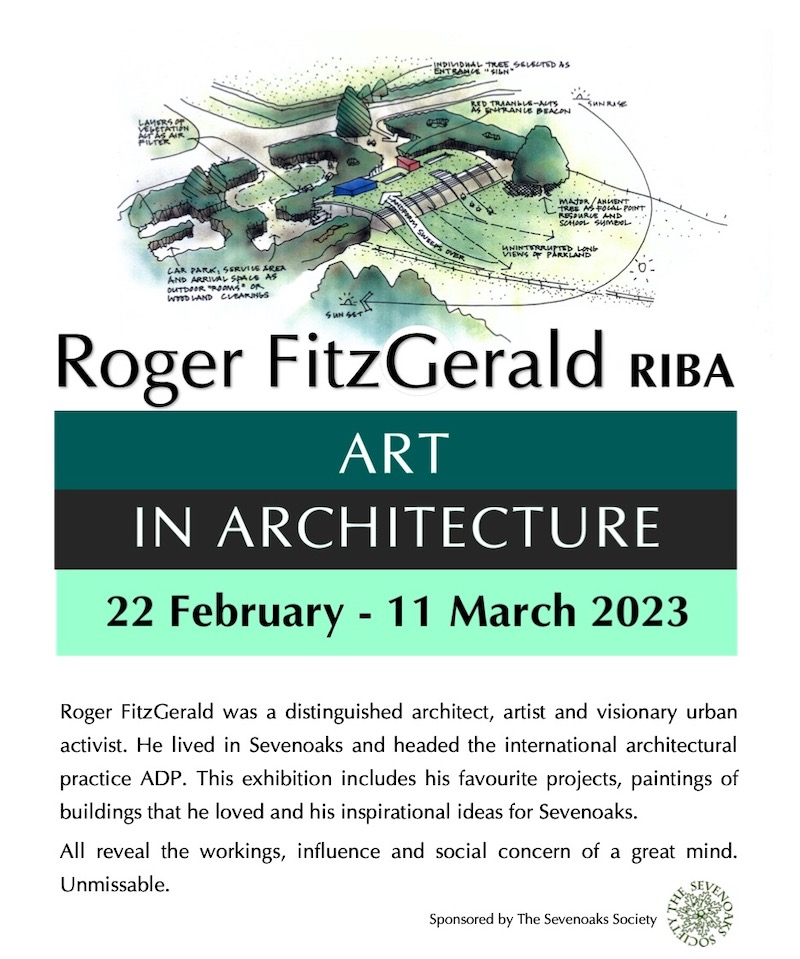
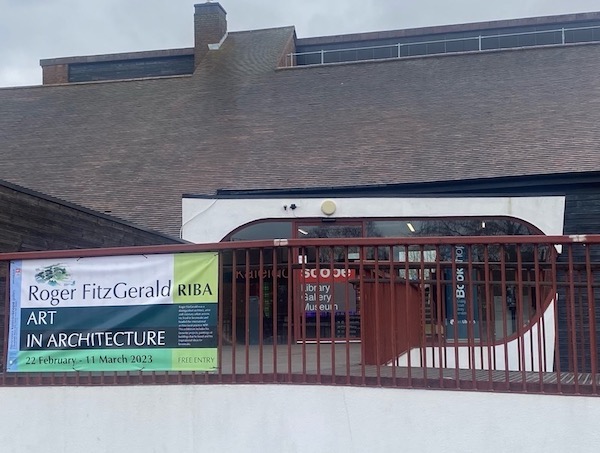
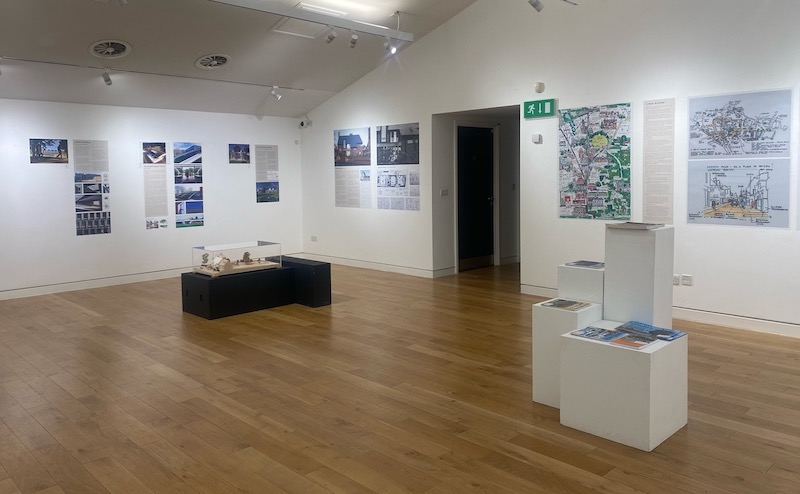
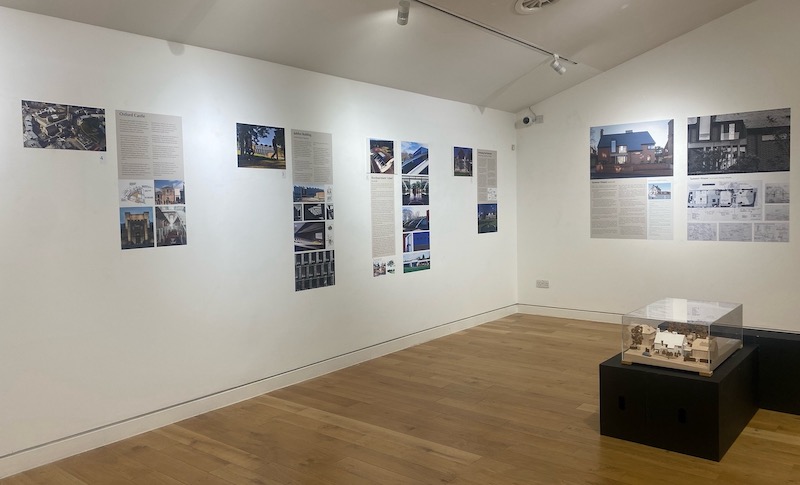
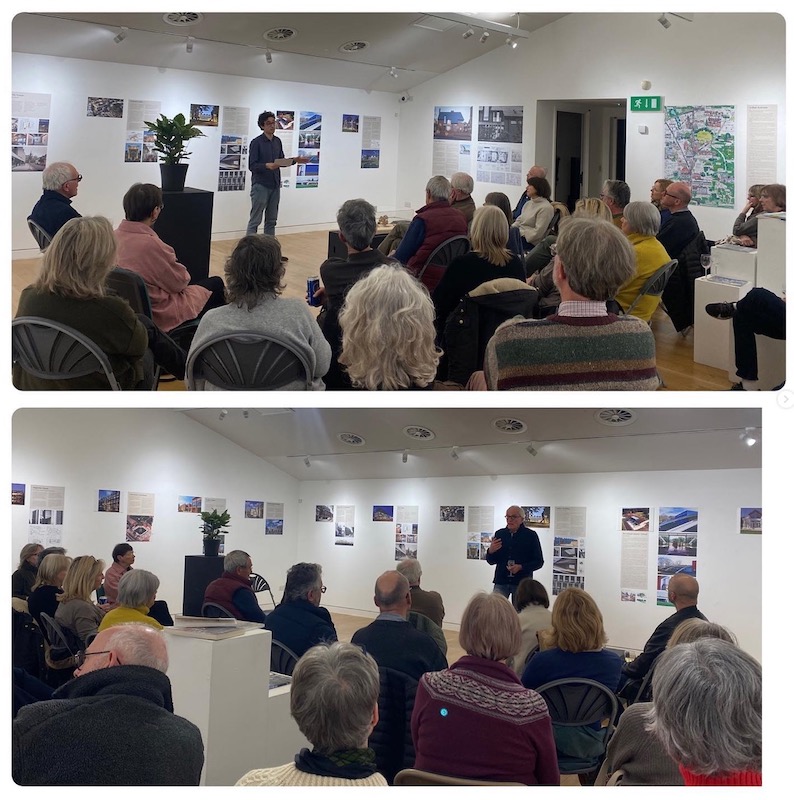
A Vision for Sevenoaks Town Centre.

London Road Sevenoaks as a place to enjoyCovid-19 has led to short-term changes to our high streets, as an immediate response to the virus. Some of these measures, such as the need to create more space for pedestrians to enable “social distancing”, inspired me to think of how these might be developed into long term improvements to Sevenoaks Town Centre.
This needs to change anyway, reflecting changes in shopping habits. With ever-increasing on-line retailing, the High Street’s role needs to adapt, to being more of a place for socialising. The key to improving the experience of visiting the centre of our town is the “public realm” – that is, the pedestrian spaces between the buildings.
In essence, our town centre consists of London Road and the High Street, which converge to join at the HSBC building, and a number of short connecting streets and alleys in between. The two roads are dominated by traffic: both suffer from narrow pavements, particularly London Road.

Creating a sense of Place High Street SevenoaksSevenoaks, of course, is a market town, but whilst it retains this function the stalls are relegated to small areas on the High Street, Buckhurst I, and Bligh’s car park. The town has no “sense of place” – by this, I mean that the centre is dominated by through traffic and the movement of pedestrians; there are few places to linger and relax, and watch the world go by.
It could be very different, and what is needed is a long-term strategic plan: a masterplan or vision, to guide future development to achieve a far better result than allowing the town centre to develop in an adhoc manner. This plan should include some key principles:
- To develop east-west pedestrian routes through the town. These would link Buckhurst II car park, the leisure centre and library to the east, with the Stag and London Road to the west, and complement the dominant north-south pedestrian routes;
- To reduce the impact of through traffic on the arterial routes. Ideally, the High Street and London Road would become one-way. Even if that cannot be achieved, at least in the short term, the High Street carriageway could be narrowed to create more space for pedestrians;
- To create a new market square, either by converting part of the Bligh’s car park, or Buckhurst I (in both cases, I have solutions to ensure there is no loss of net parking spaces);
- To use paving materials, planting, street furniture (such as seats, lighting and bins), signage, graphics and “pop up” stalls to create attractive external spaces for people;
- To encourage outdoor activities, such as treasure and history trails, art displays, street artists, music and drama performances;
- To develop a consistent palette of materials and wayfinding signage to unify the external spaces in the town centre;
- To ensure that “back land” areas are developed to provide new mixed uses including affordable housing, and to create active frontages to improve streets which currently look like service roads, such as Suffolk Way.

High Street Sevenoaks as a PlaceThe sketches I prepared to illustrate the potential of our town centre are not formal “proposals”. They are simply to illustrate what is possible. Primarily, they demonstrate the urgent need for a masterplan. Such a plan would need to be based on a thorough analysis of the traffic and parking problems, the patterns of pedestrian flow, the economic opportunities, and so on.
There is significant potential in the backlands areas to create value, which would help to fund the infrastructure and public realm improvements. There is evidence (for example, in research by the Bartlett School of Planning at University College, London) that where there has been positive investment in the public realm, this has translated into measurable economic improvement – such as uplifts in office and retail rents and reduced retail vacancies – as well as health and well-being benefits.
Other towns and cities up and down the country are seizing the opportunity presented by Covid-19 to re-evaluate urban environments. The process of economic change through which our town centres are going predates the virus: there is greater focus on leisure, culture and social activities, a greater mix of uses, and a welcome return of town centre living.
If Sevenoaks does not embrace change, to realise that the nature of retailing is evolving, to take active measures to improve the experiential offer of the high street, to increase footfall and strengthen and diversify its economy, it will fall further behind, in comparison to other towns. The answer is simple and essential: to have a plan, to have a vision.

Aerial view
